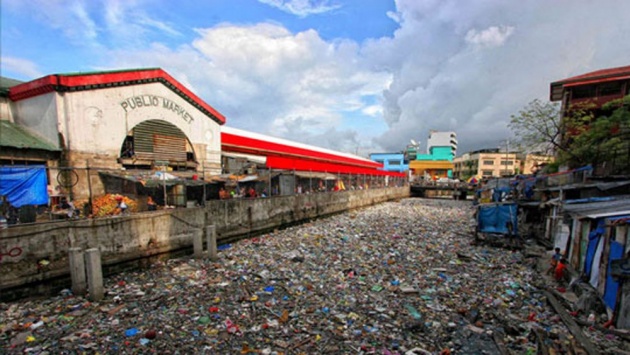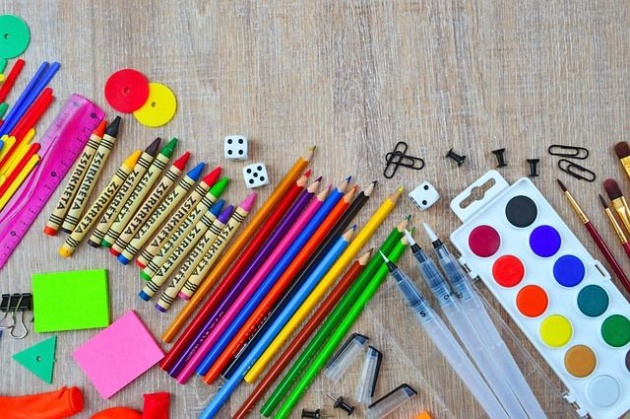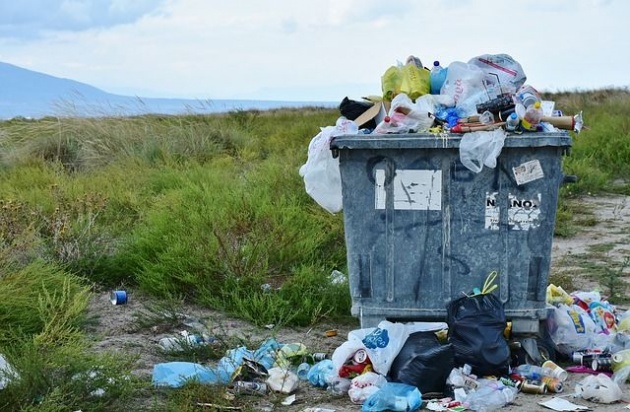I live in the Philippines. The country is full of beautiful destinations like Coron, Samal Island, Zambales, and a lot more. Going to these places will give anyone a glimpse of paradise.
But not so in the urban centres. If I were to make an analogy using the novels of Dante Alighieri, the above destinations are Paradiso, while the urban centres are Inferno. Aesthetics-wise, Philippine cities are truly a living nightmare.
What's to blame? A lot actually, but there is one thing that's always around: Rubbish. Lots and lots of rubbish. Piles of them on the streets, isles of them on the rivers, and mountains of them in the drains.

Photo credit: Rappler / PRRC
Seeing all this, it's very easy to point the finger on plastics. After all, most of the rubbish scattered around cities are plastics. Hence we have these movements clamouring to ban plastic. There are also those advocating for a plastic-free lifestyle.
I'd like to ask them one question though.
Is plastic really the big problem?
Look at plastic on its own. It takes many different forms: hard, soft, pliable, flexible, thick, thin, square, circle, curved, straight, whatever you want it to be. This is a very unique and useful property of plastic. You can mould it into any shape and form.

The different forms that plastic can take on. Photo credit: Pixabay / adoniyig
That's why we have PET bottles, plastic tumblers, plastic bags, lunchboxes, and everything else. Plastic is everywhere and has become integral for daily life. From infants to the elderly, everyone uses plastic to some extent.
So what is the real issue?
Single-use plastics, by themselves, are not bad. They're actually very convenient. Plastic cups, for example, are both light and durable, making them great containers for beverages. And plastic bags are light enough but strong enough to hold your groceries.

Photo credit: Pixabay / RitaE
The real issue is disposal. How we treat these plastics after use is what contributes to the perennial plastic problem. There's littering, improper segregation, and an almost total lack of recycling. That's why so much plastic ends up in drains, rivers, and oceans.
The convenience of plastics has to be balanced with the responsibility of disposing of them properly.
Throwing them out is the easiest solution, but it isn't the best one. Plastics are a very resilient lot, so they can be used for a lot more other things. Construction is one promising extra application.
Peter Lewis, an engineer from New Zealand, has developed bricks made entirely out of waste plastic. Called ByBlocks, it's made of various scrap plastics that have been shredded, compressed, and fused together through superheated water.

Photo credit: ByFusion
The machine used to make these ByBlocks is also not too cumbersome. According to ByFusion, the company operating it, the machine is compact enough to fit in a standard 12m (40ft) shipping container. It can be transported anywhere and set up quickly. The process of transforming waste plastic into bricks comes in three simple steps:

Photo credit: ByFusion
The Philippines also has its own version of bricks from waste plastics. It's called the Ecobrick, and it does not require a machine to make, unlike the ByBrick.
All you have to do is take a plastic bottle, then use a bamboo or wooden stick to stuff it with other waste plastics like empty packets of noodles, styrofoam, plastic bags, straws, and cellophanes. Once the bottle is filled, it is weighed to ensure consistency, and there you go. An ecobrick made with zero machinery.
This video from Ecobricks.org details the process further:
See what I mean?
Plastics are versatile and can be used in many different ways, even beyond their "single-use" lives. All it takes is some ingenuity and creativity. We can make our cities much cleaner whilst still taking advantage of the convenience plastics give us.



